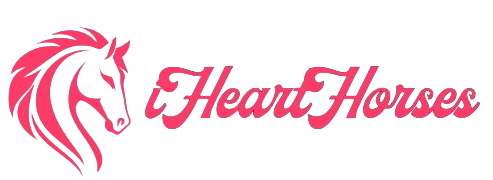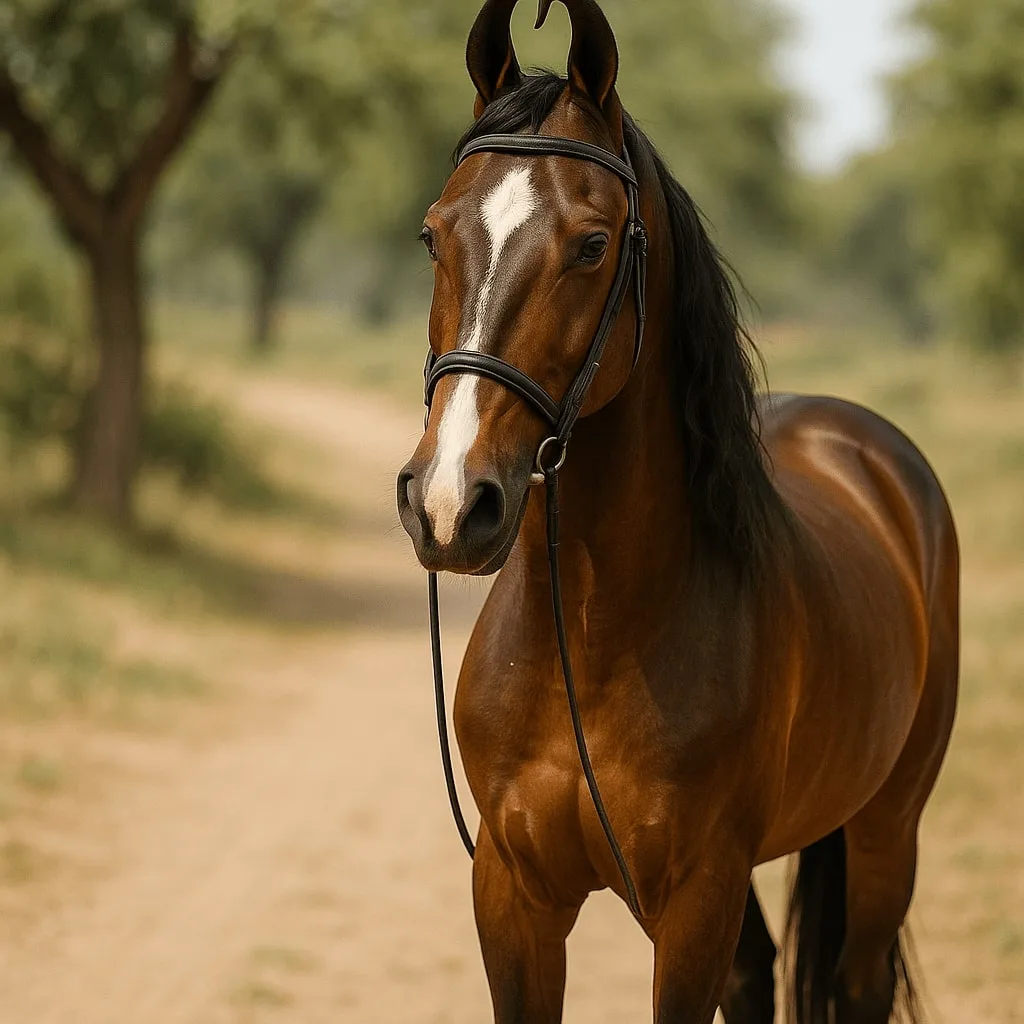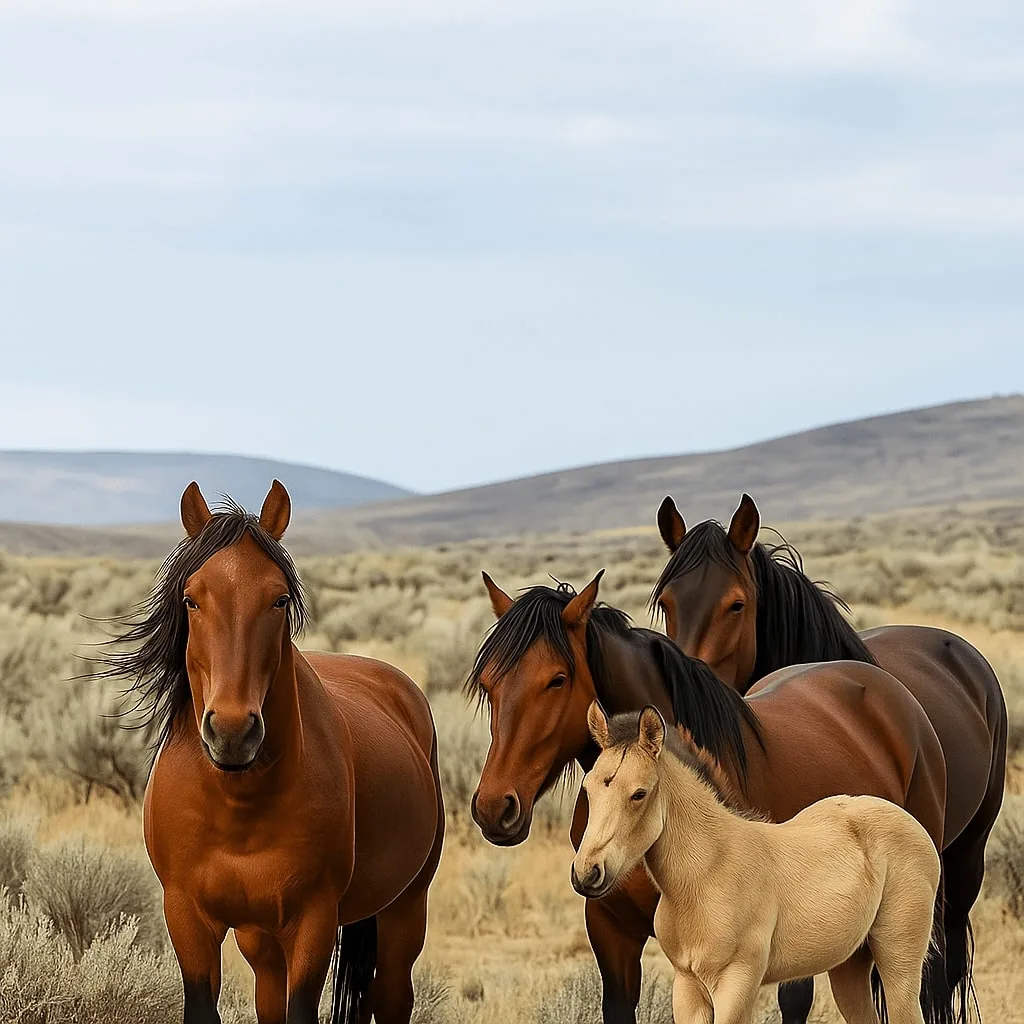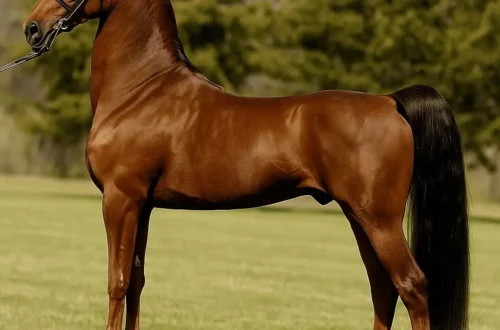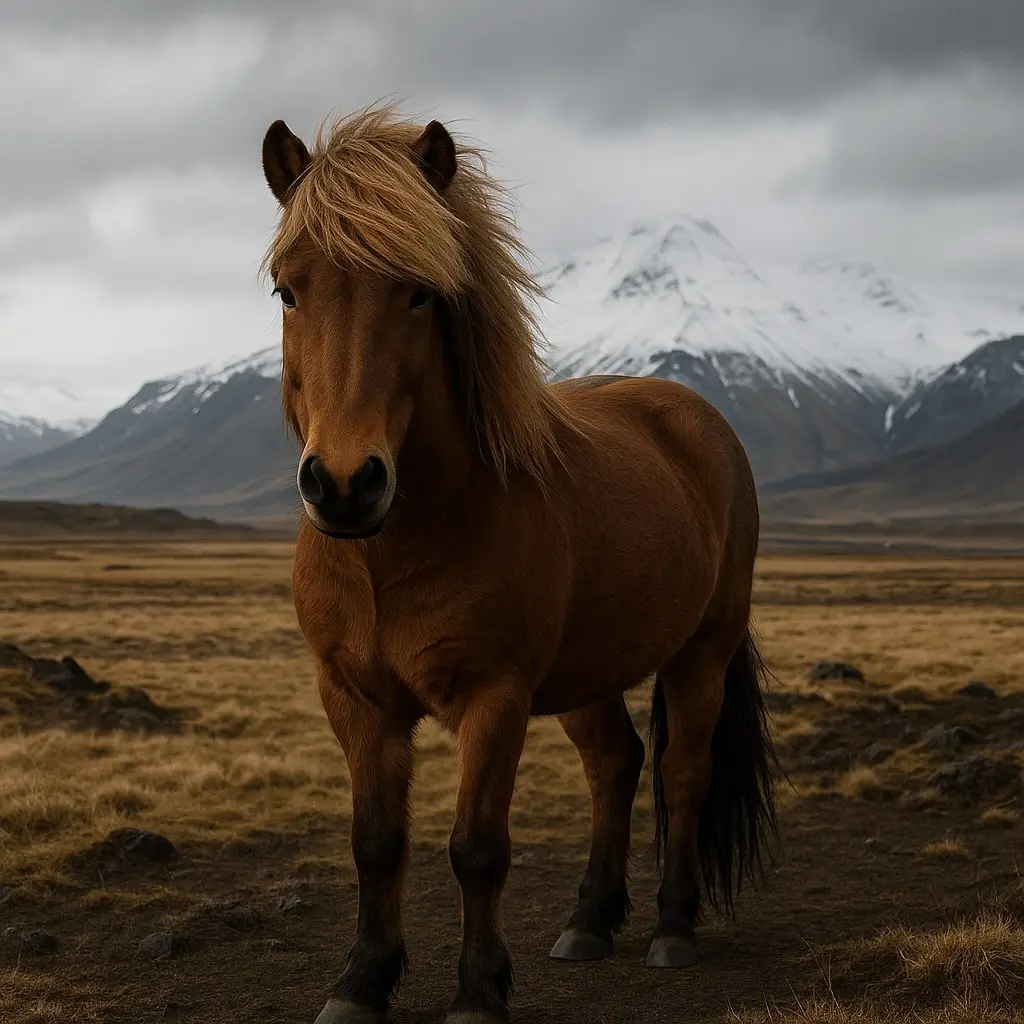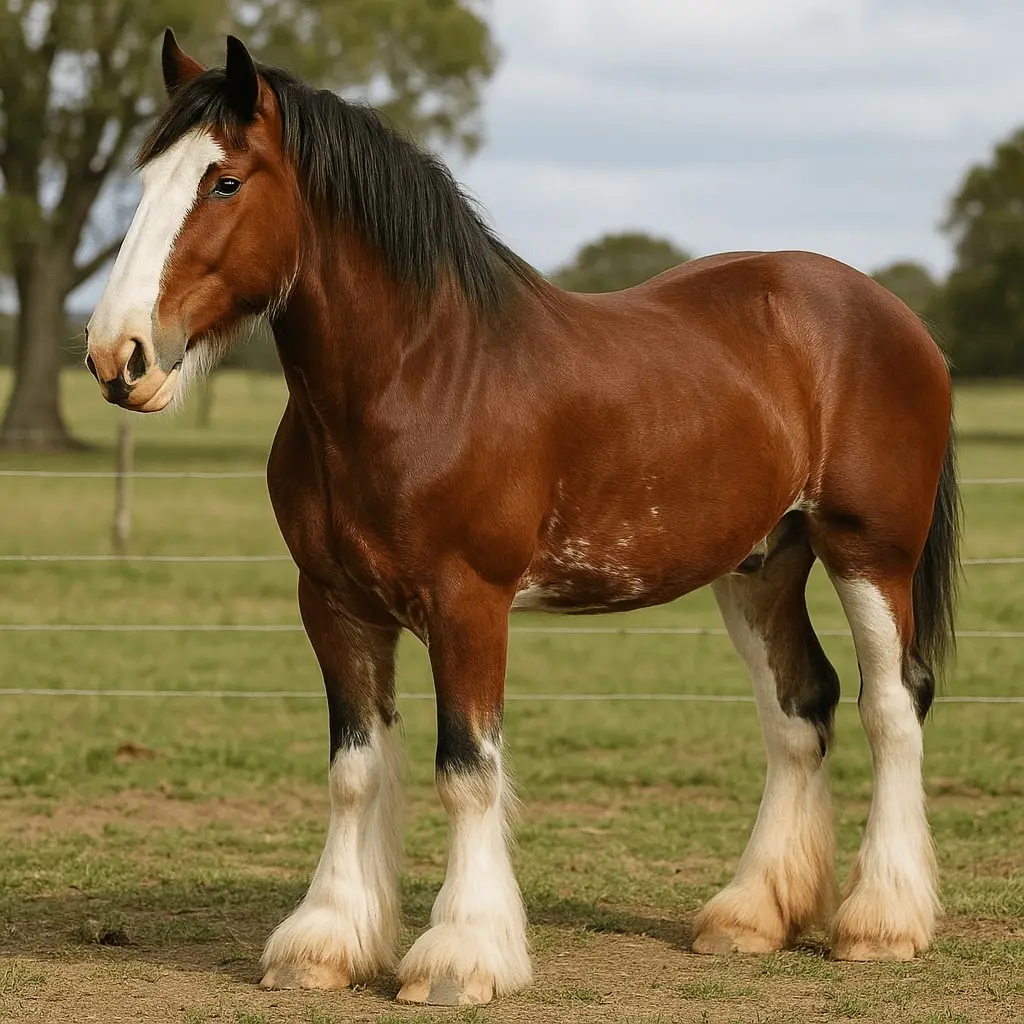Paint horses are colorful horses with big white spots. They have strong bodies and friendly faces. This blog shares fun facts about paint horses in a calm, easy way. For example, iHeart Horses points out that Paint horses are “by far the easiest to recognize” because of their splashy markings. These facts will help kids and families learn more about this special breed.
Fun Facts About Paint Horses
- First Explorers (1519): Spanish explorer Hernando Cortes wrote about “spotted horses” in 1519, calling them “Pintos.” This means Paint horses have been in America for hundreds of years.
- Native American Favorite: The Comanche Indians loved Paint horses and kept large herds of them. In fact, they even painted images of Paint horses on buffalo robes.
- Breed Names: Long ago, people also called them Skewbald or PieBald. In the 1950s and 1960s, horse fans formed a group to protect and register the Paint horse. The American Paint Horse Association (APHA) was founded in the early 1960s. Today it has over a million Paint horses registered worldwide.
- Unique Markings: Just like zebras, no two Paint horses have the same pattern. Each horse’s spots are different and special. Paint horses carry special color genes, so you see a colored coat with big white patches. All Paint horses are “pintos” by coloring, but not all pintos qualify as the Paint breed.
- Bright Coats: A Paint horse’s color can be any equine color (black, brown, chestnut, gray, etc.) with white patches. They can also carry other genes. For example, two Paint horses carrying the Pearl gene can produce a foal with a pale apricot (peach) coat.
- Rare White Horses: Some Paint horses are born all white. This happens when a dominant white gene covers their spots. White Paints have pink skin and dark eyes. They are very rare.
- Friendly & Strong: Paint horses were bred to be stock horses. They have a muscular body with powerful hind legs. Riders of all levels love them because they are strong yet gentle. They are known for a friendly, easygoing temperament. They often have kind eyes and a calm nature, making them great for kids and beginners.
Fun Facts About Paint Horses for Kids
For kids, fun facts about paint horses for kids can be easy and exciting:
- Spots and Colors: Paint horses have big white spots on their coats along with another color. You might see a black horse with white patches, or a brown horse with white. No two Paint horses look the same.
- Blue Eyes: Some Paint horses have one or two blue eyes. This can happen because of a rare Splashed White pattern. Horses with Splashed White often look like they’ve been dipped in white paint on the legs and belly, and they usually have blue eyes.
- Big and Strong: A Paint horse is about 14 to 16 hands tall (that’s 5 to 5½ feet at the shoulder). They weigh around 950 to 1,200 pounds. They are strong enough to carry people or work on a ranch.
- Friendly and Smart: Paint horses were bred to be friendly and easy to train. They enjoy being around people and can learn tricks or sports. In fact, they excel in almost every horse sport – you’ll see them running barrels, jumping, working cattle, or trail riding.
- Long Life: Paint horses can live up to 30 years or more. That means they grow up with many families or riders and often become beloved friends.
- Old Stories: Spanish explorers brought spotted horses to America long ago. Native Americans admired them for their beauty. Cowboys and settlers also prized Paint horses on ranches and farms.
- Movies and Shows: Paint horses appear in movies and TV shows set in the old West. For example, in the film Hidalgo (2004) the star Viggo Mortensen rode a Paint Horse named “TJ” and even took it to the movie premiere. Paint horses often show up in cartoons and stories about cowboys and horses.
- Best Horse Breed for Beginners: Paint horses are one of the best horse breeds for beginners. They are calm, kind, and easy to ride. This makes them a great choice for kids or anyone new to horses.
Fun Facts About American Paint Horses
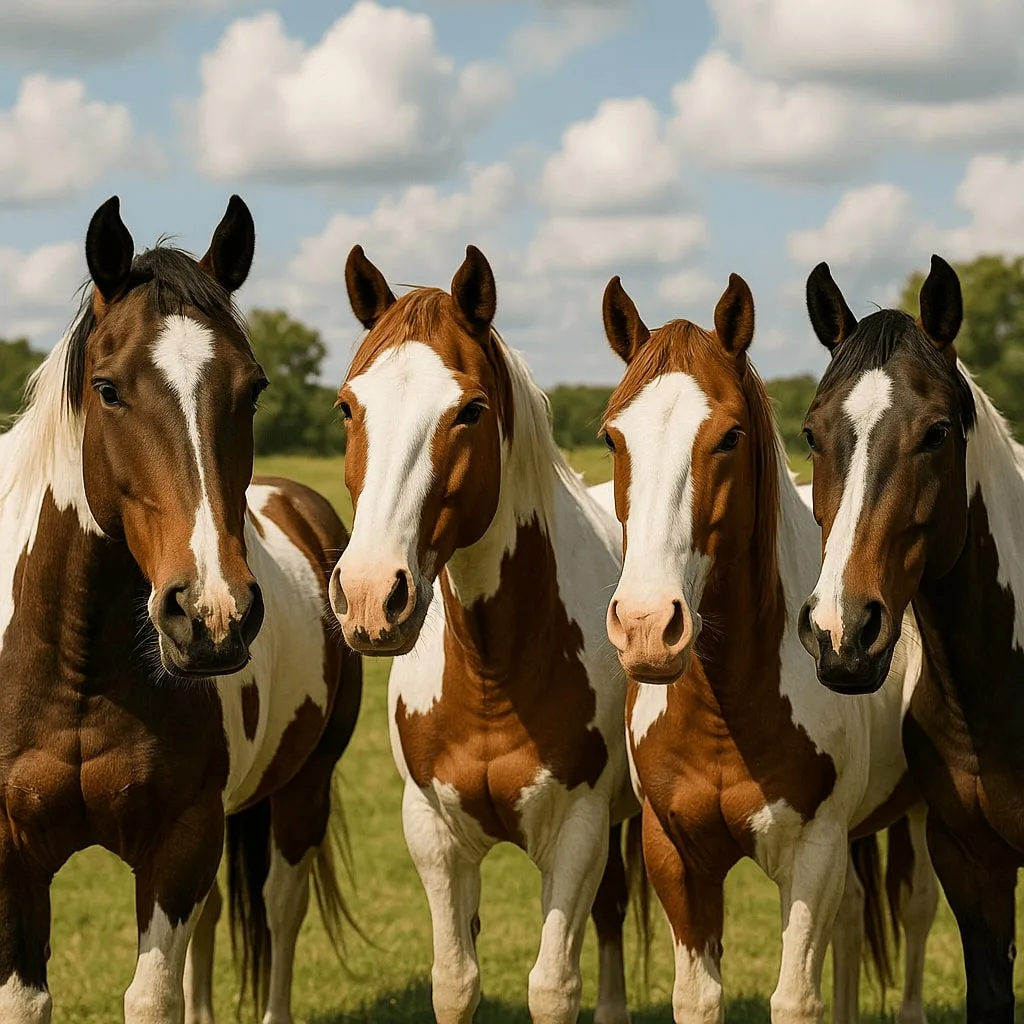
Paint Horse Genetics and Patterns
Paint horses carry many special genes that make their coats look so colorful:
- Tobiano Pattern: The Tobiano gene makes white patches that usually cover the back and hips. A Tobiano Paint horse often has a dark head and white legs, with white running across its back.
- Overo Patterns: Overo horses have jagged white patches. One common type is Frame Overo, which gives a Paint horse white legs and belly and a white face. Frame horses may have blue eyes. (Note: Two Frame Overo genes together can cause Lethal White Syndrome in foals, so breeders test for this.)
- Tovero: A Tovero horse has a mix of Tobiano and Overo patterns. For example, it might have blue eyes on a dark head or splashes of white on its face.
- Splashed White: This rare gene makes a horse look like it was dipped in white paint from below. Splashed White Paint horses have white legs, white underbelly, and white faces, often with blue eyes.
- Pearl (Barlink Factor): If a Paint horse inherits two copies of the Pearl gene, a reddish base coat becomes a pale apricot color (like a peach-colored horse). This gene is very rare and is sometimes called the “Barlink factor” in Paint horses.
- Other Color Genes: Paint horses can also carry genes for roan, dun, gray, or cream colors (like palomino or buckskin). For example, if a Paint horse has the gray gene, its spots will slowly fade as it ages.
Scientists have tested Paint horses for these genes. For example, they can test if a horse carries the Lethal White gene and advise breeders to avoid pairing two carriers. Thanks to genetics, we can explain why no two Paint horses look alike!
History and Cultural Roles
Paint horses have played interesting roles in history and culture:
- Spanish Roots: As noted, Spanish explorers brought the first spotted horses to the Americas in the 1500s. These horses had Barb, Andalusian, and Arabian blood and were very strong and colorful.
- Native Americans: Plains tribes like the Comanche and Pawnee loved Paint horses. They painted pictures of these horses on hides, robes, and tipis as symbols of success and protection. A Painted horse was often seen as lucky and brave.
- Cowboys and Ranching: In the Old West, cowboys valued Paint horses for ranch work. A Paint horse’s strong body and good stamina made it great for herding cattle or riding all day. Famous cowboys rode Paint horses in rodeos and shows. Today, Paint horses are still popular in rodeos, Western pleasure events, and horse shows.
- Best Horse Breeds for Barrel Racing: Paint horses are considered one of the best horse breeds for barrel racing. Their powerful legs, quick turns, and calm focus make them great for this fast-paced rodeo event. Many riders choose Paint horses for speed and control in barrel racing competitions.
- Breed Preservation: When the American Quarter Horse Association was formed in 1940, it excluded horses with too much white. Fans of the spotted horses created their own registry. In 1962 a merged group formed the American Paint Horse Association. Now APHA is one of the largest horse breed registries in the world.
- In Media and Art: Paint horses appear in Western movies, books, and art. For example, the movie Hidalgo featured an American Paint Horse named “Impressivelybetter” playing the lead horse. The actor Viggo Mortensen even arrived at the premiere riding his own Paint horse (named TJ). Paint horses also show up in cartoons and paintings to add bright color and symbol of the Wild West.
- Symbols: The Paint horse often symbolizes the American West and freedom. Its spotted coat stands out on a wide-open range. Some families choose Paint horses for parades or celebrations because of their colorful look and gentle nature.
Wrapping Up
Paint horses are truly amazing animals, and these fun facts about paint horses show why. Their unique spots make each one special, and their friendly, easygoing nature makes them great companions. From genes like the Pearl gene to stories of Cortes and cowboys, there is a lot to learn. We even saw Paint horses in movies like Hidalgo and paintings by Native Americans. For kids and horse lovers, fun facts about paint horses and fun facts about American paint horses are both exciting and educational. Whether it’s their coat patterns, their calm personalities, or their history, Paint horses have something interesting for everyone. Remember these fun facts about American paint horses and share them with your friends and family!
